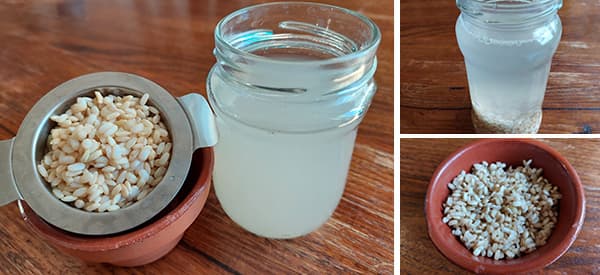
Fermented Rice Water
Recently, rice water has become a popular skin and hair treatment, however, many people seem to be skipping a crucial step; fermentation! Fermented rice water is very beneficial for people.
Fermentation is crucial due to the change in pH it creates, and when making a DIY hair or skin treatment, pH is one of the most important characteristics to consider.
Understanding Skin and Hair pH
The pH of your skin changes depending on its location; exposed areas such as your face and hands can be anywhere between 5 – 6 pH, with 5 being considered an optimal pH for many cosmetics, whereas sweaty areas like your feet, armpits, and crotch tend to be more acidic with a pH below 5. This lower pH helps to keep microbes in your body from flourishing.
Usually, the pH of your hair and scalp is even lower than your skin. On average, the scalp’s pH is about 5.5 whereas the hair shaft is around 3.7.
Why Ferment Rice Water?
Rice has a pH above 6 which means rice water tends to also have a pH above 6. This is too alkaline for your skin and hair but by fermenting the rice water, you drop the pH below 5, which is an optimal level.
Brown rice contains a high amount of inositol, but unfortunately, most of it is not bio-available because it is in the phytate form. However, Bacillus subtilis (which is the bacteria responsible for making natto and the smell after it rains) is also naturally present in rice water, and during the fermentation process, it converts the phytate inositol into the lipid form which our body can readily utilize to grow keratinocytes, fibroblasts and epitheliocytes.
Fermenting the rice water for only 24 hours can more than double the number of compounds in it, many of which have antioxidative, antimicrobial, and anticancer properties.
Fermented rice water also contains ethyl alpha-D-glucoside which can increase the amount of collagen in the skin, protect it from UV damage and protect the skin barrier to decrease water loss and thickening.
How To Ferment Rice Water
The method is easy because the rice contains everything you need to kick start the fermentation process.
Rice water ferments using a number of different bacterial strains that are naturally present in the rice, including Bacillus subtilis and Lactobacillus paracasei, the latter which, when both consumed and applied topically once a day, may reduce the frequency of using topical steroids to treat atopic dermatitis or eczema.
Ingredients
- 1/3 of a cup of rice (preferably brown rice)
- 1 cup of water (preferably distilled water)
Method
- Wash the rice first, as if you are going to cook the rice. The amount of rice will depend on how you plan on using it, but a good start is 1/3 of a cup of rice.

- Add three times as much water to the rice (1 cup), cover tightly with a lid and allow it to sit at room temperature for 24 hours, giving the jar a shake a few times during this period.

- Strain away the rice and pour the water into a suitably sized jar so that it is almost full to the top – the less airspace in the jar the better.

- Put the lid on tight and place the jar out of sunlight but at room temperature to allow it to ferment for 2 days.

- Every day you will need to give it a shake and “pop” the lid to allow the buildup of gases to be released, and once the 2-day period has finished, you simply slow down the fermentation process by putting it in the fridge.
Usage and Shelf-life
Shake the jar, and it’s ready to use! You can take a tablespoon daily as a probiotic to support your gut, skin, and hair health. Drinking small amounts may aid digestion while also providing nutrients that promote a healthy complexion and stronger hair. However, there are many other ways to use fermented rice water, which we’ll cover below.
Since this is a water-based product without strong preservatives, it’s best to make small batches to ensure freshness. Fermented rice water can be stored in the refrigerator for up to a week in a sealed glass jar. If you notice any changes in smell, color, or texture – such as an overly sour odor, cloudiness, or signs of mold – it’s best to discard it and make a fresh batch. Keeping the container clean and using a sterilized spoon to scoop out portions can help prevent contamination.
For longer storage, you can freeze fermented rice water in ice cube trays and thaw portions as needed. This helps maintain its beneficial properties while preventing spoilage. If you prefer a more stable option, consider adding a natural preservative like a few drops of vitamin E or rosemary extract to extend shelf life slightly. However, since this is a natural product, using it fresh will always provide the best benefits of fermented rice water.
Hair Application
As a hair-care product, fermented rice water is a protein treatment. Some salons recommend a protein treatment only once a month, but some people use it once a week with positive results. From what I have read, it depends on your hair type and how damaged it is, but in any case, start with a once-a-month treatment.
You can either comb it through damp hair or add a teaspoon of fermented rice water to a dose of your shampoo or conditioner.
Skin Application
There are plenty of ways to use fermented rice water for your skin;
- Add 2 cups to your bath for an all-over skin treatment
- Soak a washcloth in it, squeeze out the excess and place the cloth over your face for 10 – 15 minutes.

- Wash your face with it.
- Use a cotton swab to treat small areas of eczema.
 Use it as a toner and then moisturize afterwards.
Use it as a toner and then moisturize afterwards.
Storage
Any product that contains fermented rice water should be stored in the fridge.
In the fridge, it should store for at least a week, and if you have sterilized your equipment beforehand and used distilled water, then it may last for 2 – 3 weeks in the fridge.
Signs Your Fermented Rice Water Has Gone Bad
Fermented rice water will of course smell… fermented and be cloudy in color. It may even separate slightly but a quick shake will take care of that. But if you see any discoloration, mold or the smell gets super intense, then it is past it’s used by date.
Throw the remains on the compost, sterilize your jar and make a new batch. Simple.
Final Thoughts
Incorporating fermented rice water into your beauty regimen offers a natural and effective way to enhance both skin and hair health. The fermentation process not only lowers the pH to align better with our body’s natural levels but also enriches the water with beneficial compounds like inositol and ethyl alpha-D-glucoside. These compounds have been associated with increased collagen production, UV protection, and improved skin barrier function.
Regular use can lead to smoother, more manageable hair and a more radiant complexion. As with any natural remedy, it’s essential to monitor how your skin and hair respond and adjust usage accordingly. Embracing this age-old practice can be a valuable addition to your self-care routine, promoting natural beauty through simple, homemade solutions.
You may also like:
 How to Make a Healing Soap for Eczema and Skin Rashes
How to Make a Healing Soap for Eczema and Skin Rashes
The Fermented Soup – The Long Lasting Soup That Should be In Every Stockpile (Video)
20 Toxic Ingredients to Avoid in Your Beauty Products








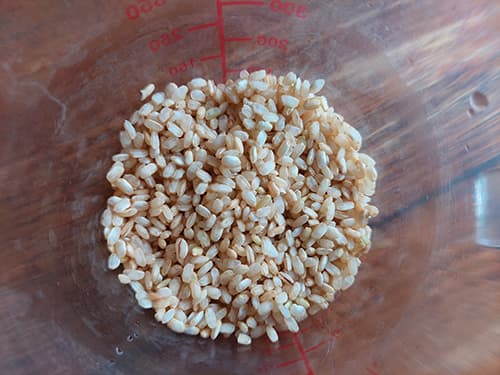
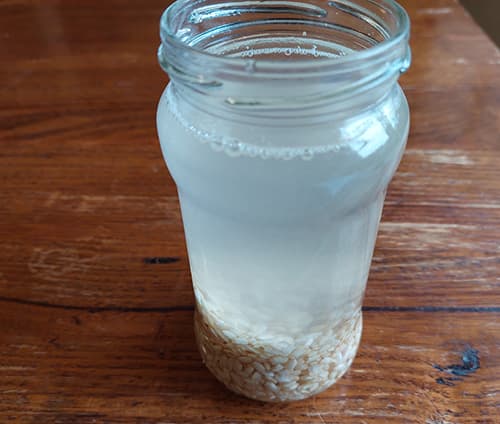
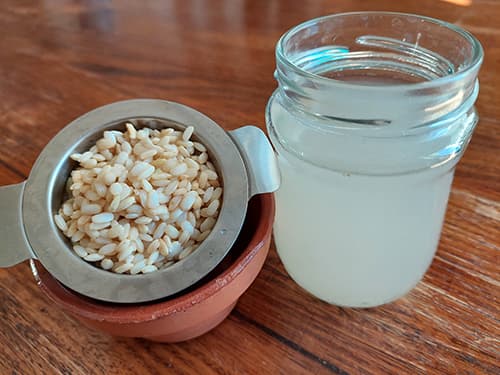
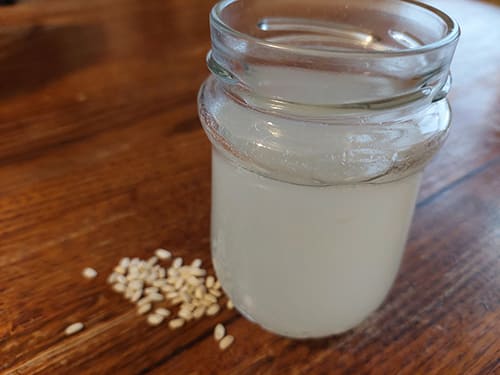
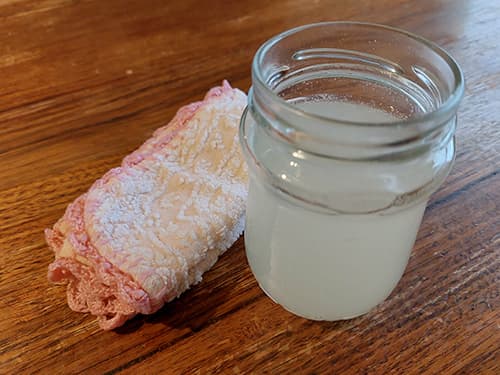
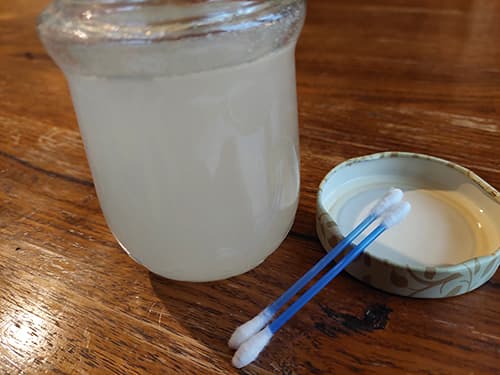 Use it as a toner and then moisturize afterwards.
Use it as a toner and then moisturize afterwards.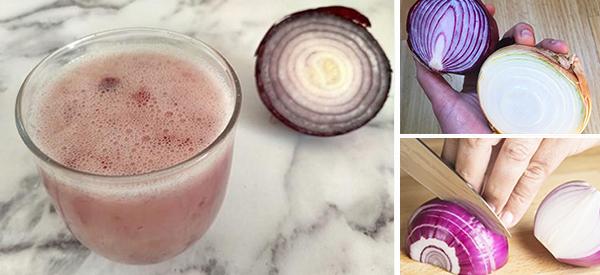
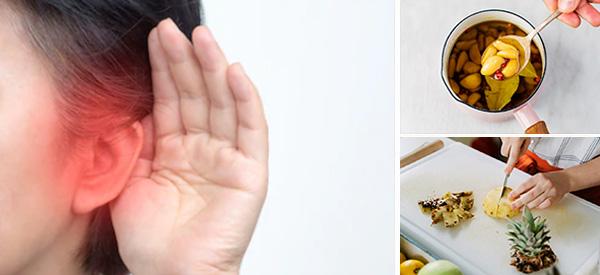

Can you cook the rice and save the water? If not, what do you do with the rice after making the rice water?
Hi MaryAnn,
Thank you for your interest in our article!
Yes, you can cook the rice to avoid any food waste.
Many blessings and good health!
“Old Rice” is eaten in South India, where rice is the staple, unlike North India, where wheat is the staple. Water is added to leftover cooked rice, and allowed to ferment overnight. It is eaten with the fermented liquid the next day. Rich in B vitamins.
Soaked rice, as in this article, can be cooked and eaten; ground into paste, and adding ground black gram, [ “urad” a legume], allowed to ferment more, to make, thin pancakes, “dosai” or steamed plump cakes, “idli”.
What about the arsenic in rice?
I was thinking the same thing as it doesn’t seem optimal at all risk-benefit wise.
I was wondering if it was cooked rice or not to start
Uncooked rice
Do you rinse rice water out of hair and skin or leave it?
Following
You can leave it in like a deep conditioner and was out.
Hi Terri,
Allow the rice water to work its magic in your hair for as long as you have time in the shower, up to 20 minutes, before rinsing it out.
Many blessings and good health!
I was thinking to put the rice water in my hair at night before bed, then washing out in the shower the next morning. whatchya think, wld that be ok?
I want to know this as well
I’m so confused these days. One article says no rice or oatmeal and another one says eat rice & oatmeal. Please give some insight into this for me.
Thank you
As long as both the rice & oats have been soaked for 12-24 hours with either kefir, whey or lemon juice they have amazing health benefits! Pre-soaked oats and rice contain phytic acid which makes nutrients in both items hard to absorb – soaking with an acid helps break down the phytic acid via fermentation 🙂 Check out Sally Fallon’s book “Nourishing Traditions” …she’s a wealth of information on traditional foods & their health benefits. I believe she has a YouTube channel through her Weston A. Price Foundation… might be more easily accessible!
What about the carbs in rice: are there carbs that are absorbed into the skin and hair? I have diabetes, and rice is one food I can’t eat AT ALL . It raises my blood sugar way too high when consumed. Are there carbs in the fermented water?
Thank you for responding.
You can eat rice as a diabetic- basmati rice. It keeps blood sugars level. I am an RN and provided diabetic nutritional counselling based on information our dietician provided.
EVERY time I eat any kind of rice, my blood sugar spikes off the chart. I won’t eat rice!
Can you use basmati rice?